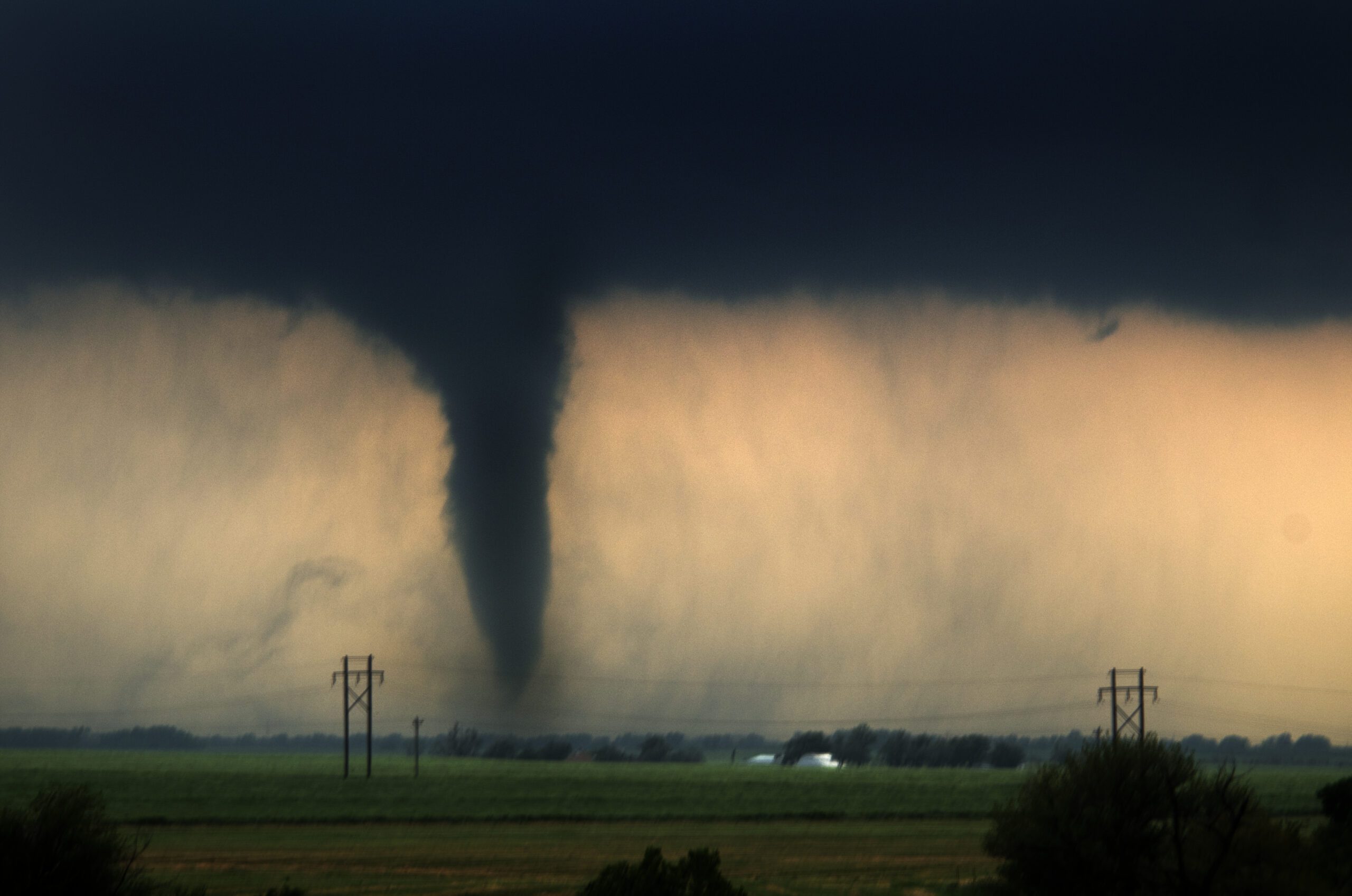Long Island on High Alert: Deadly Storms with Tornadoes and 60 mph Winds, What You Need to Know!
Residents of Long Island are being urged to prepare as a powerful storm system moves toward the region, bringing the risk of tornadoes, damaging winds, and severe thunderstorms this weekend. Forecasters are closely monitoring the system, which has already wreaked havoc across parts of the Midwest, producing tornadoes and large hail. Now, it’s heading for the East Coast, and Long Island is directly in its path. The National Weather Service (NWS) has placed Long Island under an “enhanced risk” for severe weather, meaning that conditions are more favorable than usual for dangerous storms capable of causing major disruptions. The storm is expected to arrive late Saturday and continue into early Sunday morning, bringing with it the possibility of strong winds, flash flooding, and even tornadoes.
What to Expect When the Storm Arrives
This storm system is expected to bring multiple threats all at once, making it one of the most dangerous weather events the region has faced this season. Here’s what Long Island residents should prepare for:
- Tornadoes: While not common in the Northeast, strong storm systems like this one can produce isolated tornadoes, especially along coastal areas.
- Damaging Winds: Gusts over 60 mph could knock down trees, power lines, and cause property damage, leading to widespread power outages.
- Large Hail: Some storms could produce hailstones the size of quarters or larger, which could cause serious damage to cars, rooftops, and windows.
- Flash Flooding: Heavy rainfall could lead to rapid street flooding, dangerous road conditions, and travel disruptions.
The most dangerous part of this storm will occur overnight, which means residents need to have a way to receive weather alerts while they sleep. This is especially important if a tornado warning is issued, as storms can move quickly and leave little time to react.

Why This Storm Could Be So Dangerous
One of the biggest concerns with this system is the unseasonably warm temperatures leading up to it. Long Island has been experiencing above-average highs in the mid-50s, creating the perfect setup for powerful storms. As the storm system moves in, warm air from the Atlantic will collide with the incoming cold front, creating an explosive environment for severe weather.
How to Prepare for the Storm Before It Arrives
With dangerous weather just hours away, Long Island residents should take immediate precautions to stay safe. Here’s what you need to do now:
- Stay Informed – Sign up for weather alerts on your phone and follow trusted news sources for real-time updates.
- Secure Outdoor Items – Bring in patio furniture, garbage cans, and any loose objects that could become airborne in strong winds.
- Identify a Safe Space – Know where you and your family will go if a tornado warning is issued. Basements or interior rooms away from windows are safest.
- Prepare an Emergency Kit – Keep flashlights, extra batteries, bottled water, canned food, first aid supplies, and essential medications ready in case of power outages.
- Avoid Flooded Areas – If roads begin to flood, do not attempt to drive through high water. Flash flooding can occur quickly, and even a few inches of water can sweep a car away.
What Happens After the Storm?
Once the storm moves out, Long Island will experience a sharp drop in temperatures. Saturday’s high will be around 56°F (14°C), but by Sunday, temperatures will fall to just 48°F (9°C), with gusty winds lingering throughout the day.
This Storm Could Be Extremely Dangerous
This is not just another rainstorm. The combination of severe thunderstorms, damaging winds, and the potential for tornadoes makes this a significant weather threat for Long Island. If you live in the area, take precautions now, stay informed, and don’t wait until the last minute to prepare. Weather experts and emergency officials are urging all residents to be ready for possible power outages, flooded roads, and dangerous conditions. Stay alert, have a plan, and make sure you know what to do if severe weather strikes. Your safety depends on it.


Comments are closed, but trackbacks and pingbacks are open.